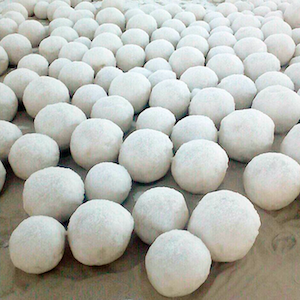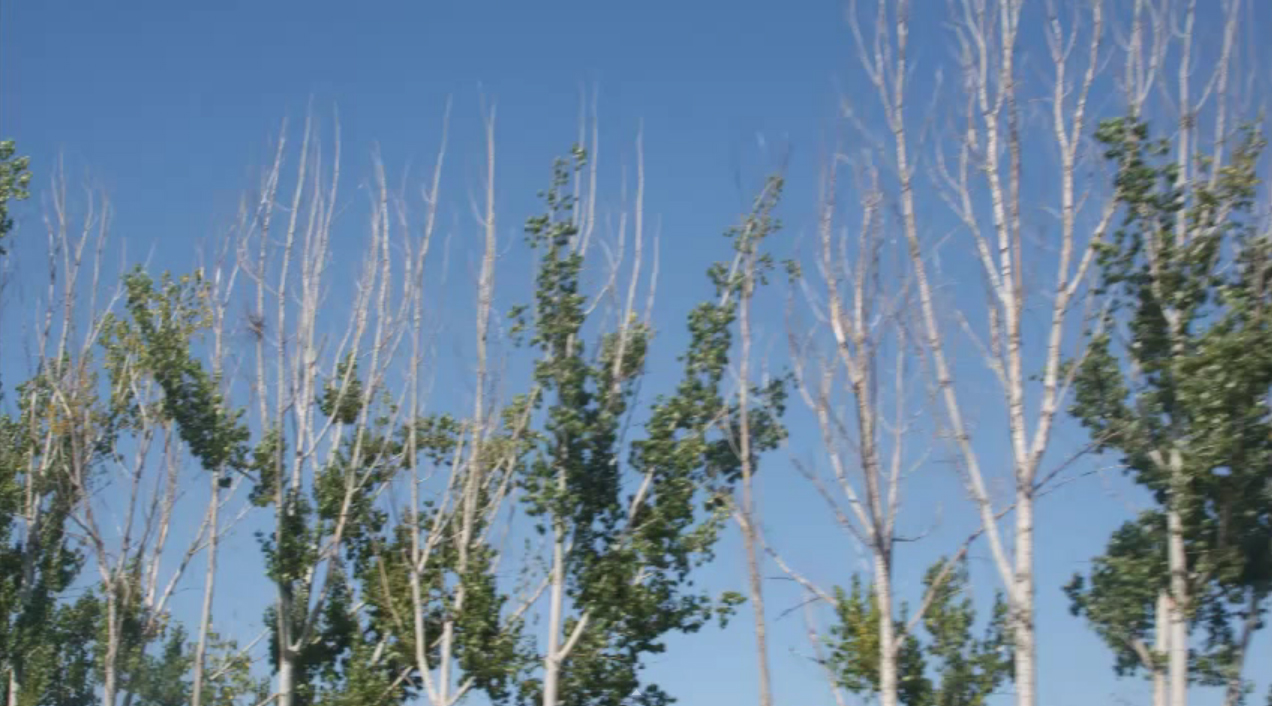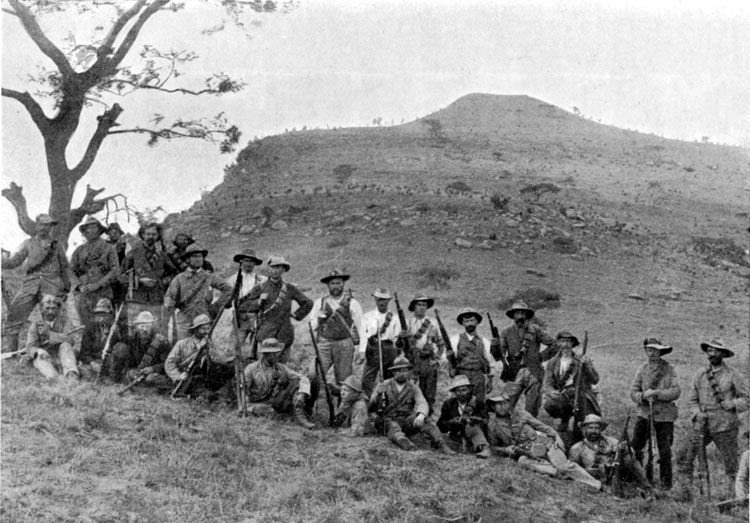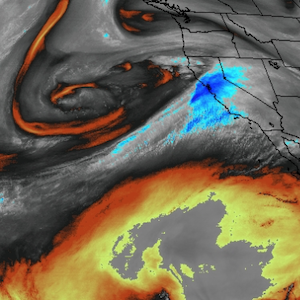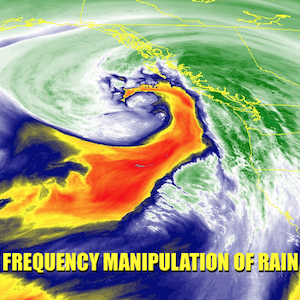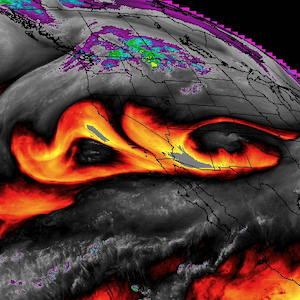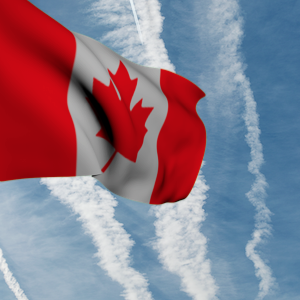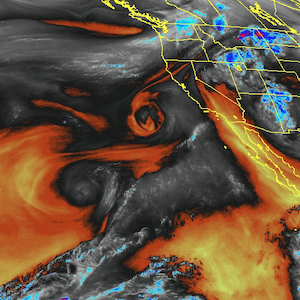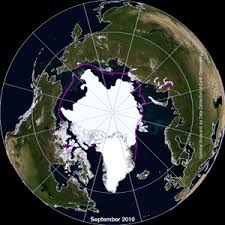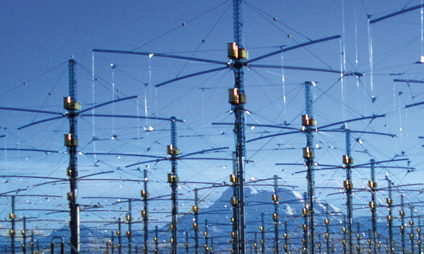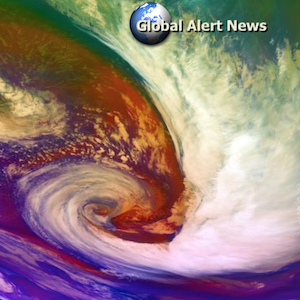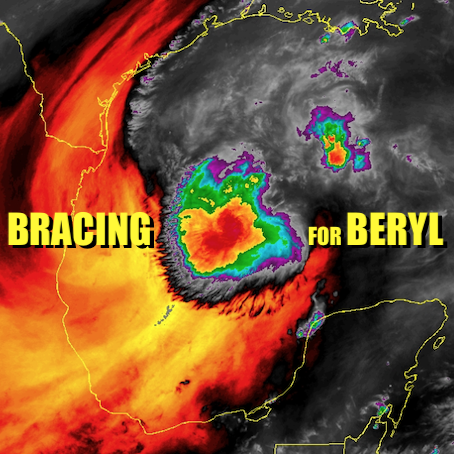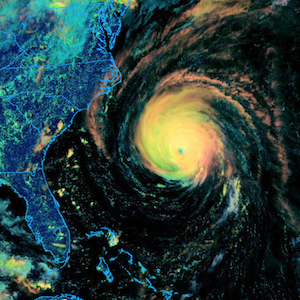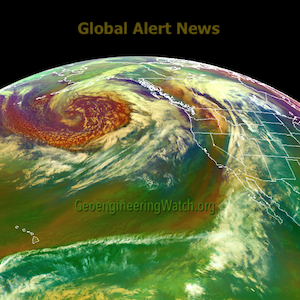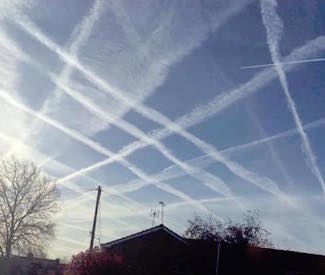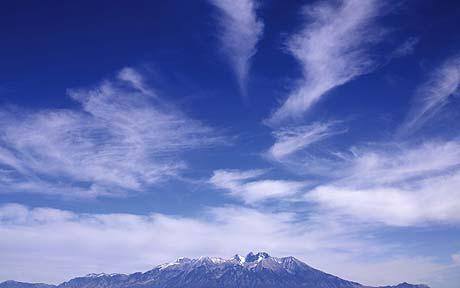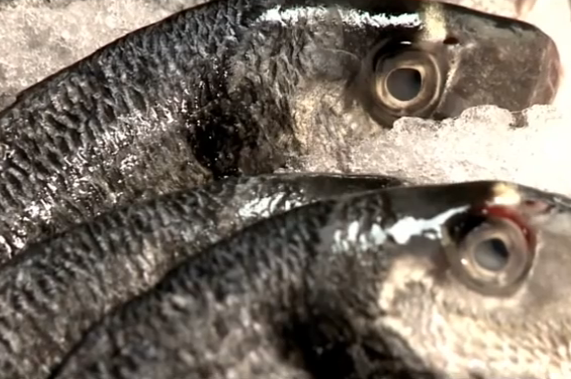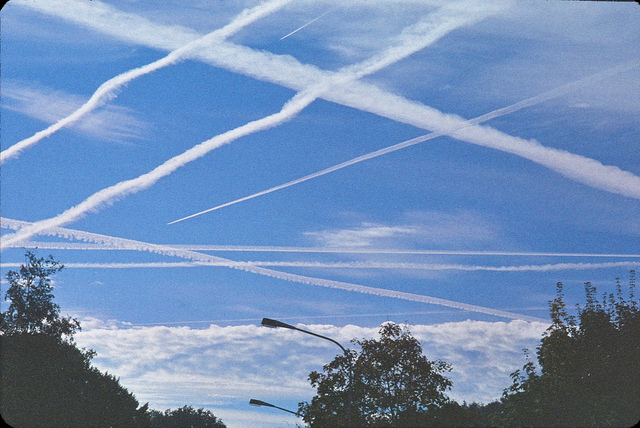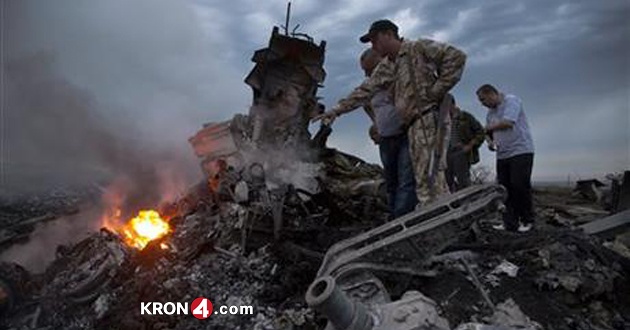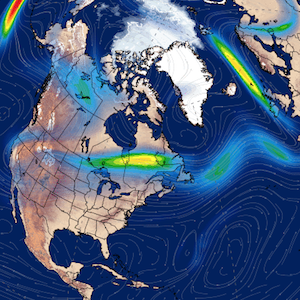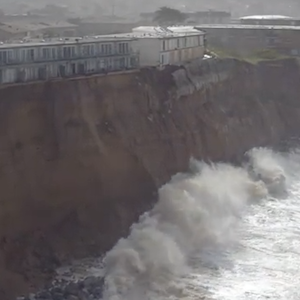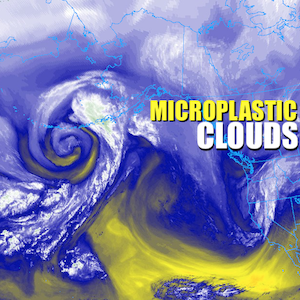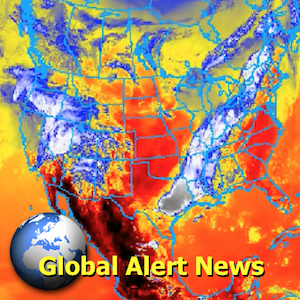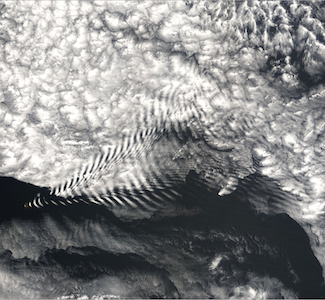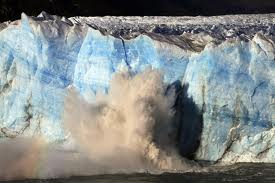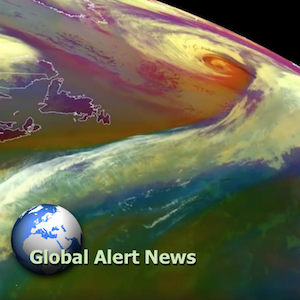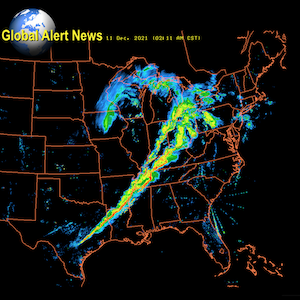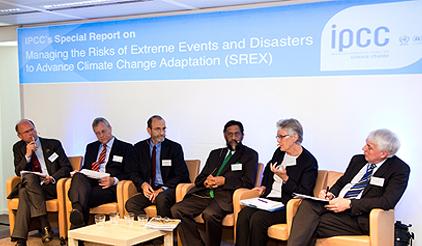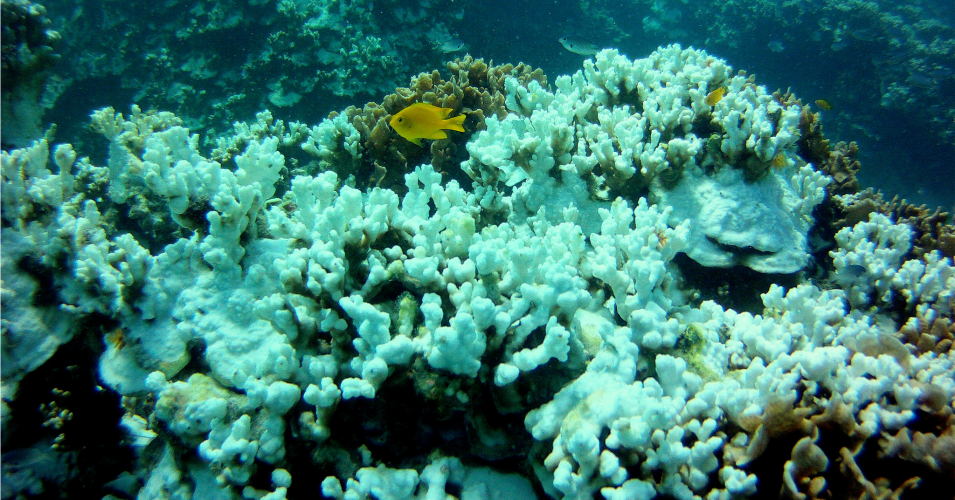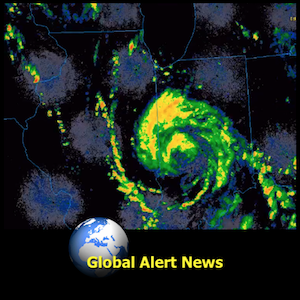Vapour trails caused by jet aircraft over Britain can cause clouds covering 20,000 square miles, according to Met Office research, reducing sunshine by up to 10 per cent. original article
Vapour trails caused by jet aircraft over Britain can cause clouds covering 20,000 square miles, according to Met Office research
By Alastair Jamieson
Analysis of contrails from one large military aircraft circling over the North Sea showed the creation of a thin layer of cloud that, at its peak, covered an area of more than 20,000 square miles.
The Met Office research suggests the collective impact of hundreds of vapour trails can cause a blanket of thin cloud, reducing sunshine for millions who live under busy flight paths.
Contrails, which are clouds of condensed water vapour and soot particles made by the exhaust of jet engines, sometimes disperse within minutes but can also be present in the sky for many hours. They can also act as a catalyst for the formation of further wispy cirrus cloud.
Globally, vapour trails are thought to cut sunshine levels by less than one per cent, but this figure could rise to 10 per cent in areas under busy air corridors, such as the south-east of England, according to The Sunday Times.
The findings echo 2003 research, led Patrick Minnis at NASA’s Langley Research Centre in Virginia, that said contrails “already have substantial regional effects where air traffic is heavy” and that the impact “may become globally significant” because of the growth in air travel.
The Met Office analysis was based on observations of a single military Awacs aircraft circling over the North Sea on a sunny day earlier this year.
Researchers had expected high-level winds to disperse its contrails but instead they appeared to attract more clouds that continued to grow as they were blown southwards until eventually they formed a hazy high-level blanket of cirrus cloud across southeast England.
Jim Haywood, the Met Office’s aerosol research manager who led the new study, told the newspaper: “At its peak the resulting cirrus cloud covered an area of more than 20,000 square miles.”
He added: “Such clouds are normally short-lived but, depending on atmospheric conditions, they can last much longer.”
It is thought that low temperatures at high altitudes can cause ice crystals in the vapour to act as ‘nuclei’ for condensation of more water, resulting in more cloud.
Mr Haywood said aviation-induced cirrus clouds had both a cooling effect, because of sunlight reflected back into space, and a warming effect, because of trapped heat.
“Studies show that, overall, the warming effect is stronger so aviation-induced clouds are helping to warm the planet,” he said.





